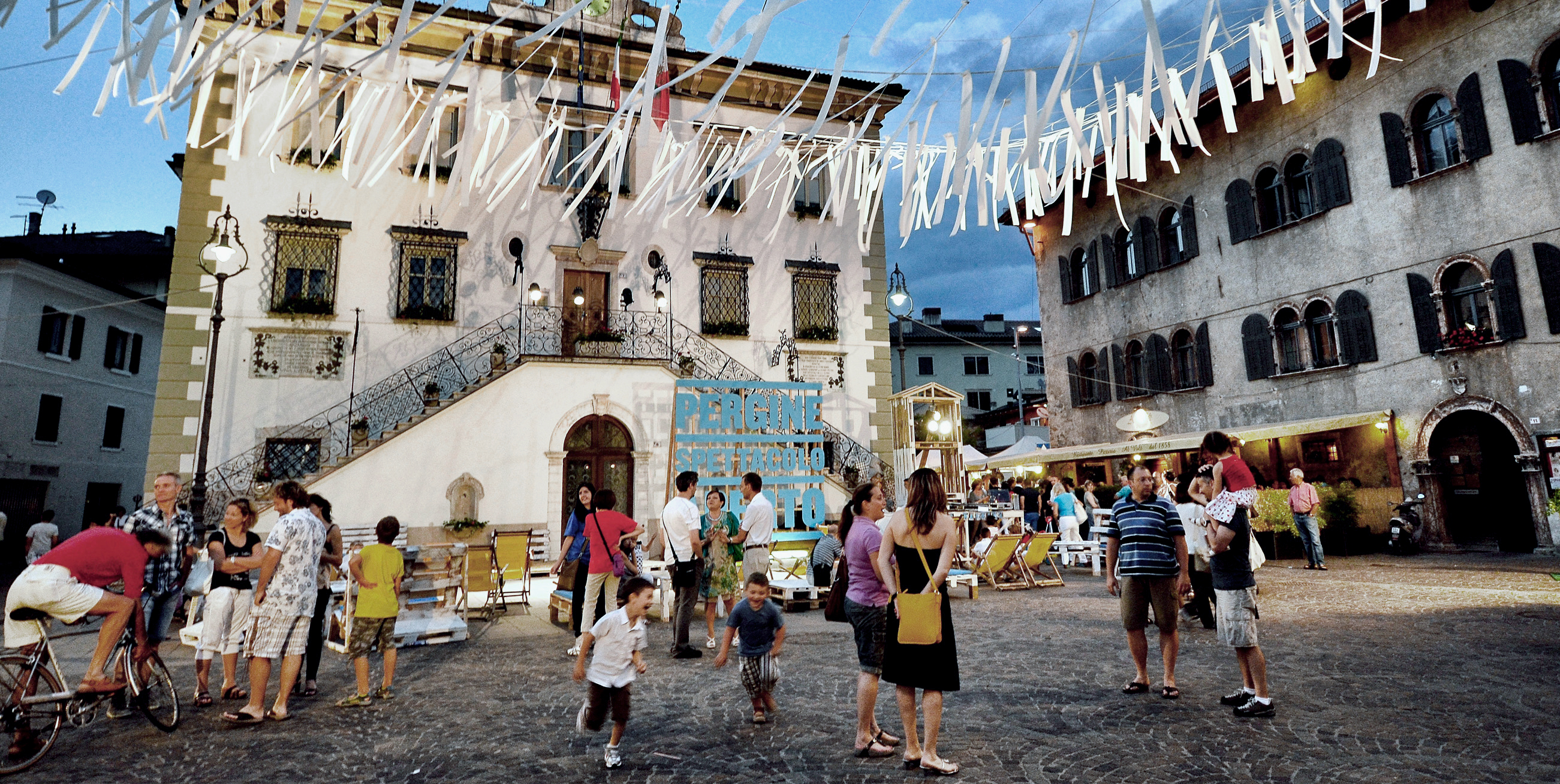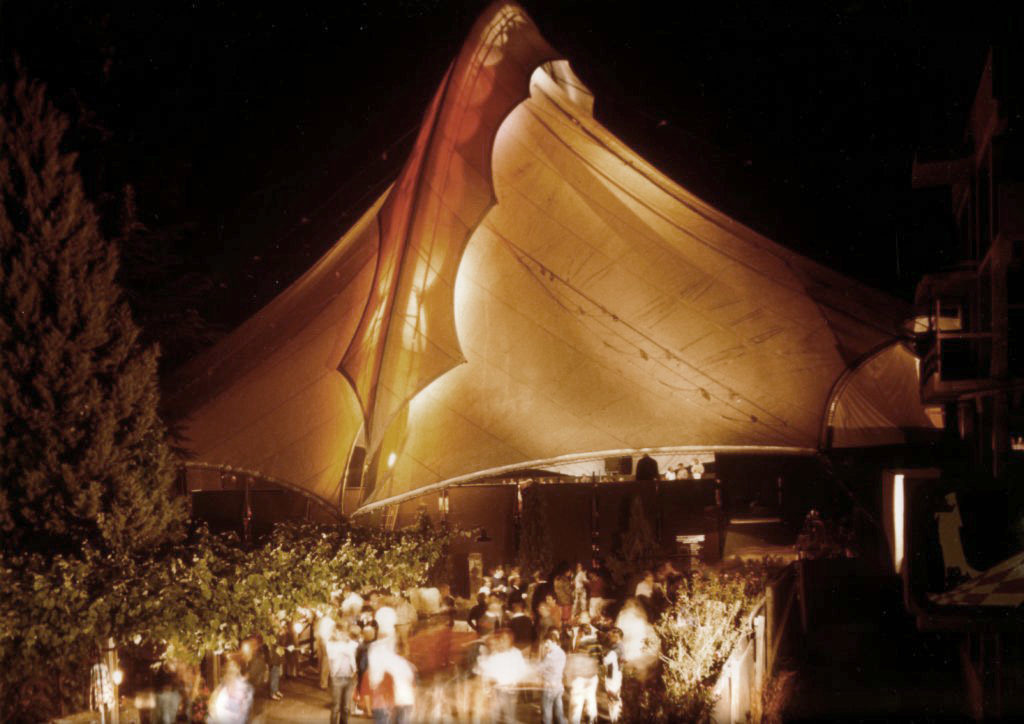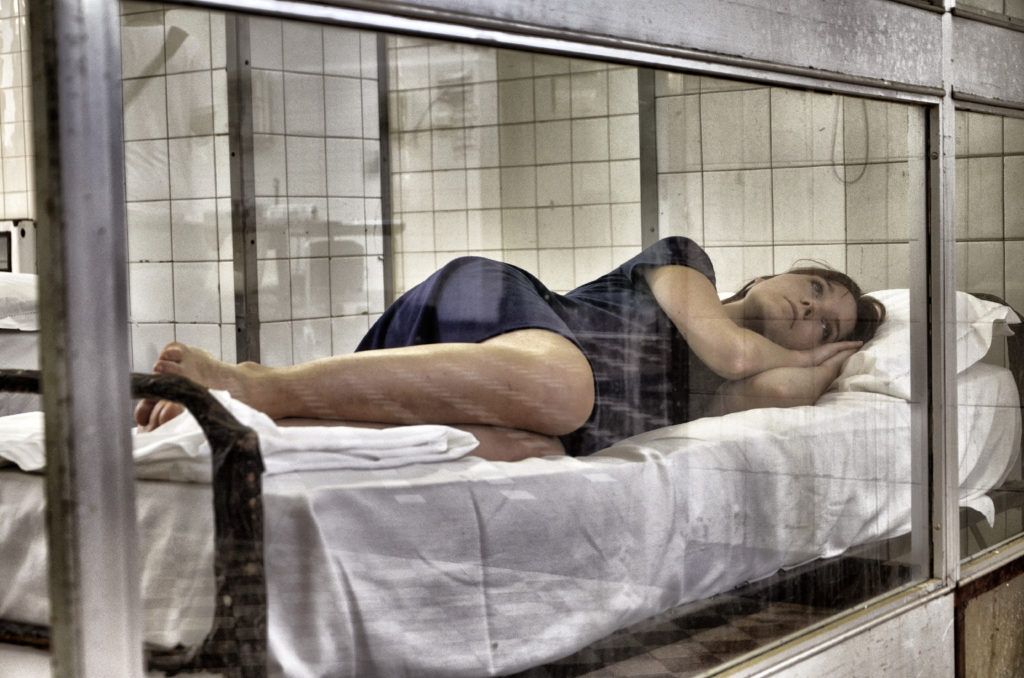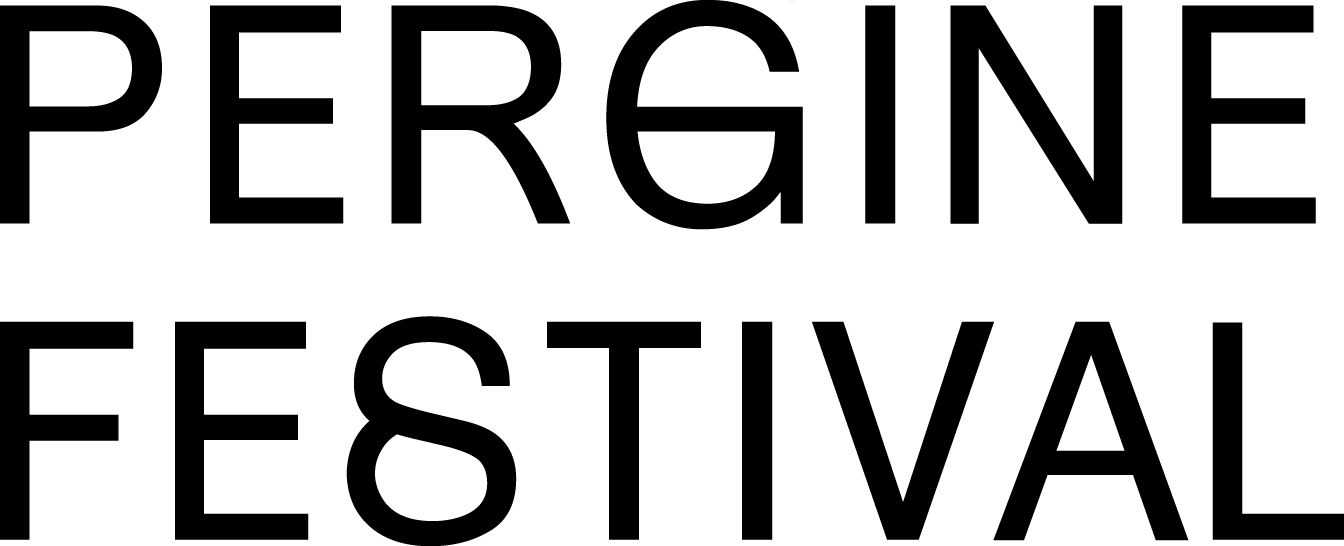
OUR STORY
Pergine Spettacolo Aperto was founded in 1976 as the first cultural institution in Trentino to create a summer event with the objective to host the great artists of theater and music. The grassroots advisory board worked on a voluntary basis, and has always maintained a direct link with the community in Pergine, with the aim of promoting the town’s cultural and social growth.
In the 1981, Pergine Spettacolo Aperto changed its organizational structure into a cultural association.
Since 2007, the association is one of the qualified entities affiliated with the Autonomous Province of Trento, which supports the most important realities on the provincial territory.
IL FESTIVAL
THE BEGINNINGS
The first edition of Pergine Spettacolo Aperto, the oldest and longest-running festival in Trentino, dates back to 1976 and was founded on the initiative of three city cultural associations: the Local Tourist Committee, the Committee ‘Dama in Costume’ and the Friends of Music and Theater. The goal was to create a program of shows that would accompany the main event of living Checkers in costume, a traditional event set up in the municipal square of Pergine. A spontaneous debut that gave life, however, to a solid, long-lived festival rooted in the local territory:
Pergine Spettacolo Aperto was established as a grassroots organization run on a voluntary basis, and has always maintained a direct link with its community, with the aim of promoting the town’s cultural and social growth.
DEVELOPMENTS
The first pioneering editions of the festival (1976, 1977 and 1978) took place in the Town Hall square; for the occasion the performances transformed the town’s central square, a fascinating and small setting, into a real micro-theater. From the beginning, the lack of an adequate infrastructure was one of the fundamental problems for the type of activities that the festival wanted to organize and propose. In 1979, in response to the growing demand for cultural consumption of those years, an outdoor theater was built. For the symbolical amount of 10 thousand Italian lira, the garden of the Hotel Posta was rented and, on the basis of a 15-years contract, a theatre was built, inspired by the architecture of the Roman Theater of Verona. The creation of a dedicated space brought two important results: the possibility of proposing a richer program and the possibility of self-financing the activities in addition to public funds. For this reasons, in 1981 Pergine Spettacolo Aperto changes its organizational formula and becomes officially a cultural association, entrusting the new course to Marco Bernardi, the first artistic director in the history of the festival, which will keep his position until 1993. The multidisciplinary approach has since then become a peculiarity of the festival: shows range from folklore to jazz, from classical music to opera. In addition, Bernardi’s expertise as a theatre director inevitably shifts the focus to theater: Pergine Spettacolo Aperto delineates the first co-production in 1981, and, from the following year its own theatre productions.

THE FESTIVAL AS LABORATORY
In the mid-90s, the parable of growth that brought success, numbers, recognition of the festival well beyond the regional boundaries has reached its peak and Pergine Spettacolo Aperto enters a phase of maturity. The generalist and multidisciplinary character is no longer enough; on the contrary, the festival’s positioning marks the lack of a precise identity. The shows in the programme are always of high quality, but the presence of big names tends to respond to market mechanisms rather than innovative research to reach the audience.
The board members of Pergine Spettacolo Aperto understand the delicate moment and decide to follow a new path. The 1999 edition testifies the turning point and the new mission takes the form of an original model: the festival as laboratory. This new season is entrusted to the couple formed by Juan Lombana, who takes on the role of musical director, and Leonardo Cantelli, appointed artistic-organizational director.
The formula is simple and original at the same time. On the one hand, young people selected through auditions, which are in the moment of transition between the academic path and the artistic profession; on the other hand, professionals of the entertainment world as teachers, for a training that goes beyond the purely technical aspect and involves the awareness of the construction of a show. Pergine Spettacolo Aperto specializes in training and production, according to a line initially oriented to musical activity (concert, opera) and then to the interaction between music, theater and dance. From 1999 to 2005, the productions of the Pergine Spettacolo Aperto laboratories are twenty-nine and involve instrumentalists, dancers, band players, actors, choirs and singers, counting nearly 1,300 participants. Collaborations are established with music conservatories, academies, theater and cultural institutions. Lombana-Cantelli ends their appointment in 2004. The following year the artistic direction is entrusted to Juan Lombana and to Mimma Gallina. In 2006 Cristina Pietrantonio was added and the “direction” was transformed into an artistic “board”.
THE CITY OF MAD PEOPLE: OUTSIDERS ART
With this slogan, the new course of Pergine Spettacolo Aperto was inaugurated. In 2007, Cristina Pietrantonio is appointed new artistic director, and she starts working on the optimization of organizational and management aspects, on the repositioning of the festival and on the creation of a program able to offer innovative cultural proposals and at the same time possess a high degree of appeal in relation with the public. The reconquest of the territory takes place by occupying the former asylum, an “uncomfortable” space in the history of the city. The new role that Pergine Spettacolo Aperto chooses for the festival is to become a medium, a vehicle, to activate the memory of this place and to make the past re-emerge and interact with the present. This is achieved in two ways: with the presentation of multidisciplinary shows related to the themes of deviance, discomfort, marginality and more widely characterized by a creativity with indefinable borders and with the reappropriation and re-reading of the former Psychiatric Hospital. Another section of the Festival is “PeM PergineMusica”, a bit more directly linked to tradition, with the proposal of musical theater performances at the Teatro Tenda. Productions and co-productions, workshops and support for young artists are the main elements of a formula that acts as a bridge between the past and the future of a multifaceted festival that, after thirty-five years, once again faces a phase of transformation and growth.

THE RETURN TO THE COMMUNITY AND THE EUROPEAN TURNING
Today the festival is a point of reference in the fields of live performing arts and experimental and research practices; Pergine Spettacolo Aperto draws its energy from the place that hosts it, in constant dialogue with the community and the spaces of the urban landscape. The festival is the driving force behind new creativity linked to different disciplinary fields and to production methods and innovative expressive languages. Special support for artists and emerging companies is given each year through the Open / Contemporary Creation Call. The festival is also active on the international scene and cultivates intense cultural and artistic exchanges throughout Europe. In 2016 a European project on the relationship between work and happiness begins.

